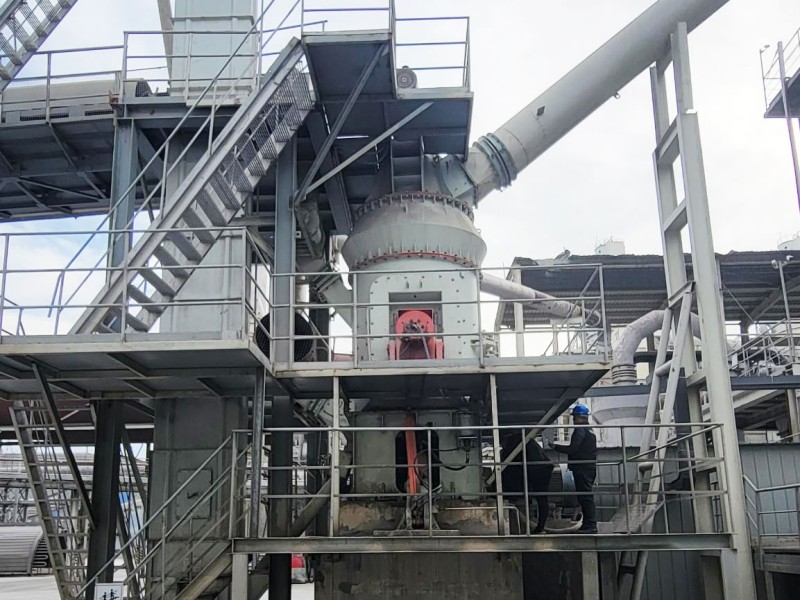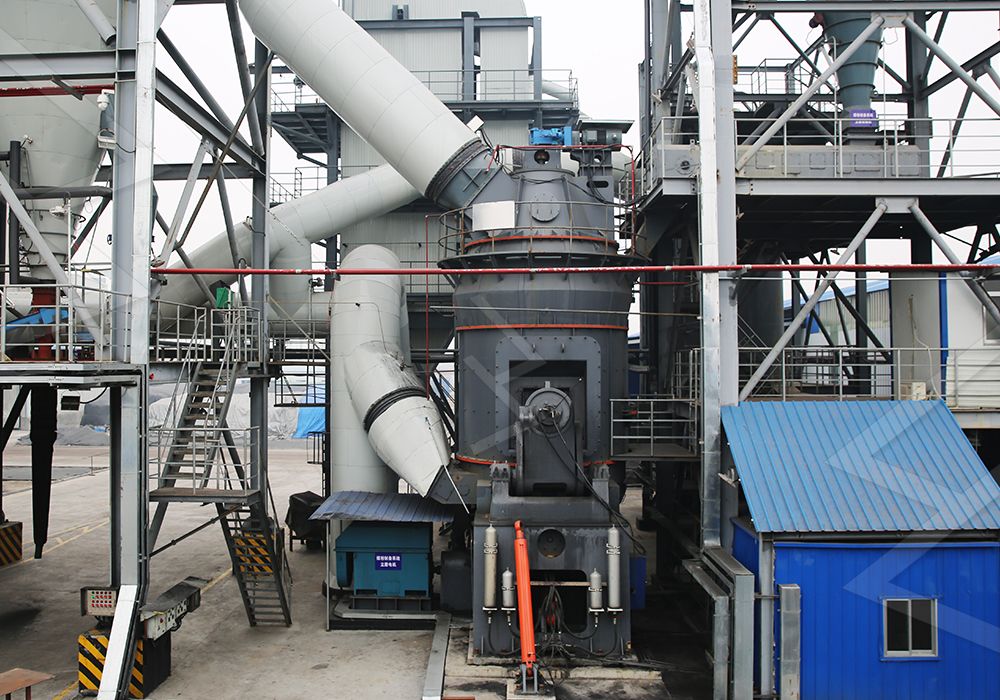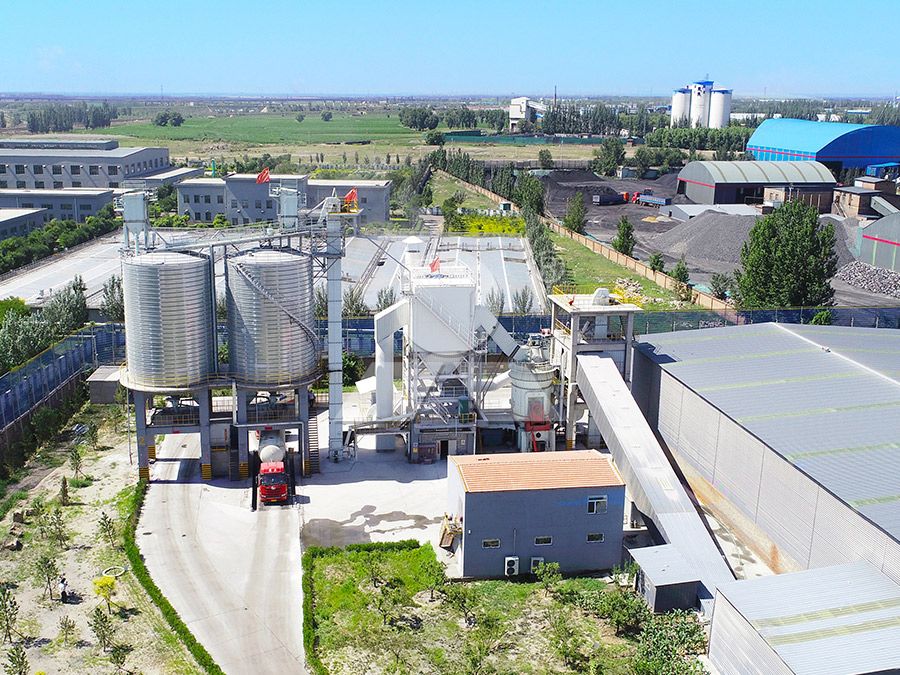Industrial Grinding Machine for Large-Scale Slag Processing
Industrial Grinding Machine for Large-Scale Slag Processing
In today’s industrial landscape, efficient slag processing has become paramount for both economic and environmental reasons. Slag, a byproduct of metal smelting, presents unique challenges in grinding and processing due to its abrasive nature and variable composition. Traditional grinding methods often fall short in meeting the demands of large-scale operations, where consistency, efficiency, and environmental compliance are non-negotiable.
The transformation of industrial slag from waste material to valuable resource requires sophisticated grinding technology capable of handling tough materials while maintaining operational efficiency. Modern grinding solutions must address multiple concerns simultaneously: particle size distribution, energy consumption, maintenance requirements, and environmental impact.

The Evolution of Slag Grinding Technology
Over the past decade, significant advancements in grinding technology have revolutionized slag processing. The shift from conventional ball mills to more specialized vertical grinding systems has marked a turning point in industrial efficiency. These modern systems integrate multiple processes – crushing, drying, grinding, and classification – into single, streamlined operations that significantly reduce both footprint and energy requirements.
What sets contemporary grinding systems apart is their ability to maintain consistent performance while processing abrasive materials like slag. The development of specialized wear-resistant materials for grinding components has extended equipment lifespan, while advanced control systems ensure optimal operation across varying material conditions.
Specialized Solutions for Slag Applications
When processing slag on an industrial scale, several factors demand careful consideration. The material’s hardness, moisture content, and desired final particle size distribution all influence equipment selection. Furthermore, the need for continuous operation in demanding industrial environments requires robust construction and reliable performance.
For operations requiring ultra-fine powder production from slag, the MW Ultrafine Grinding Mill presents an exceptional solution. This advanced system handles input sizes up to 20 mm with capacities ranging from 0.5 to 25 tons per hour. Its innovative design eliminates rolling bearings and screws within the grinding chamber, addressing common failure points in traditional grinding systems. The integrated pulse dust collector and muffler system ensures environmental compliance while maintaining operational efficiency.

Another notable solution for slag processing is the LM Vertical Slag Mill, specifically engineered for industrial waste transformation. With capacity ranging from 7 to 100 tons per hour and handling input sizes between 38-65 mm, this system represents the pinnacle of large-scale slag processing technology. Its unique grinding device achieves integration of grinding and powder selection, reducing energy consumption by 30-40% compared to traditional ball milling systems.
Operational Advantages in Real-World Applications
The practical benefits of advanced grinding systems become particularly evident in continuous industrial operations. Reduced maintenance requirements translate to increased uptime, while lower energy consumption significantly impacts operational costs. The environmental advantages – including reduced noise emissions and dust control – facilitate compliance with increasingly stringent regulatory standards.
In steel plant applications, where slag volumes can be substantial, the efficiency gains from modern grinding technology directly contribute to bottom-line performance. The ability to process slag into valuable construction materials creates additional revenue streams while addressing waste management challenges.

Future Trends in Slag Processing
The trajectory of slag grinding technology continues toward greater automation, energy efficiency, and material versatility. Integration with digital monitoring systems enables predictive maintenance and optimized operation, while developments in wear-resistant materials promise even longer service intervals. The industry’s focus on circular economy principles ensures ongoing innovation in transforming industrial byproducts into valuable resources.
Frequently Asked Questions
What makes slag particularly challenging to grind?
Slag’s abrasive nature and variable hardness present significant challenges for grinding equipment. Its composition can include hard, crystalline structures that accelerate wear on conventional grinding components. Additionally, moisture content and temperature variations require robust system design.
How does the MW Ultrafine Grinding Mill address dust control in slag processing?
The MW mill incorporates an efficient pulse dust collector that effectively contains and collects fine particles during operation. This system, combined with proper sealing throughout the grinding circuit, ensures dust emissions remain well within regulatory limits while protecting the working environment.
What capacity range do industrial slag grinding systems typically cover?
Industrial systems like the LM Vertical Slag Mill handle capacities from 7 to 100 tons per hour, while the MW Ultrafine Grinding Mill processes 0.5 to 25 tons per hour. Selection depends on production requirements, material characteristics, and final product specifications.
How do modern grinding systems reduce energy consumption compared to traditional methods?
Advanced systems utilize optimized grinding geometries, efficient classification systems, and integrated processes to minimize energy waste. The LM Vertical Slag Mill, for example, reduces energy consumption by 30-40% compared to conventional ball milling systems through its innovative design and operating principles.
What maintenance advantages do specialized slag grinding mills offer?
Systems like the MW Ultrafine Grinding Mill eliminate common failure points by excluding rolling bearings and screws from the grinding chamber. External lubrication systems enable maintenance without shutdown, while wear-resistant materials extend component life in abrasive applications.
